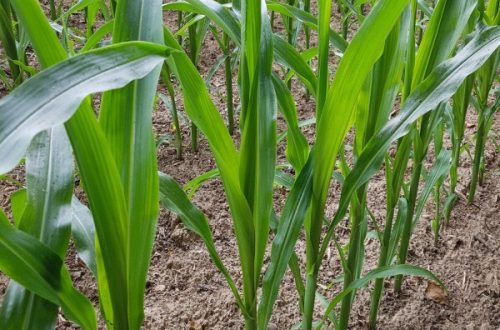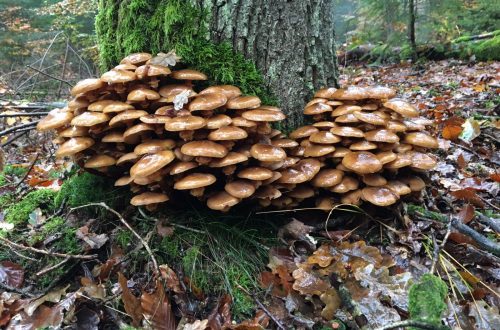Verticillium dahliae causes wilt in a very great number of crops including potatoes, cotton and several ornamental trees. Although a large number of studies has been carried out to identify biocontrol agents, currently there are few, if any, on the market. Deketelaere (Ghent University) made a quite useful summary of the work that has been done on this subject. A wide variety of potential biocontrol agents has been tested, including gram-positive and gram-negative bacteria, fungi (asco-, basidio-, and glomeromycetes) and oomycetes. In some cases wilt was aggravated by some of these organisms. Targets included the reduction of the persistent microsclerotia (i.e. the survival structures of Verticillium dahliae), the rhizosphere to reduce successful infection, and the plant itself by using endophytes which may increase the host’s resistance. The authors also describe what traits a successful biocontrol agent should have, and where to look for novel candidates. They conclude the review by indicating that the process of screening for biocontrol agents should include field experiments that mimic reality. That having been said, it still is quite remarkable how little progress has been made in this area. Possibly we may see some progress from the Crop Protection group from Ghent University in the near future.
Deketelaere et al. in Frontiers in Microbiology, https://doi.org/10.3389/fmicb.2017.01186, open access



